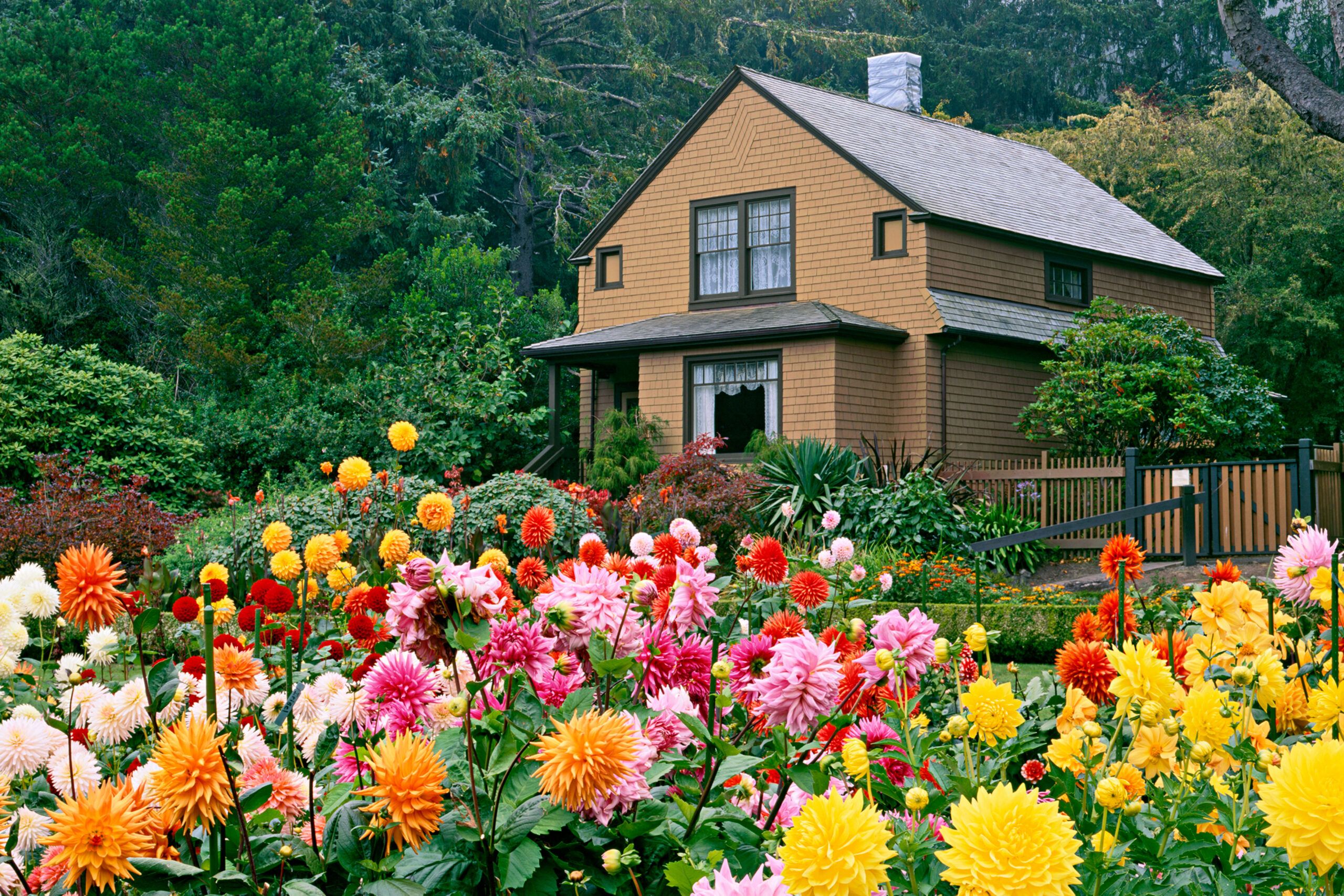Dahlias are the undisputed stars of the late summer garden, bursting onto the scene just as other flowers begin to fade. With their vibrant colors, diverse shapes, and impressive blooms, these show-stopping perennials add a much-needed boost to waning garden beds. From compact border plants to towering dinner-plate varieties, dahlias offer something for every gardener. In this guide, we’ll explore the allure of dahlias and tips for growing and caring for these late-season beauties.
The Allure of Dahlias in Late-Season Blooms
As summer heat takes its toll on many garden perennials, dahlias step into the spotlight. These fashionably late flowers spend the first half of summer developing, then burst into bloom just when gardens need a colorful pick-me-up. Their showy blossoms come in a dazzling array of hues, from soft pastels to vibrant jewel tones, making them perfect for adding drama to any landscape.
Dahlias are not only beautiful but also versatile. They work well in various garden settings, from formal borders to cottage gardens, and make excellent cut flowers for stunning bouquets. Their long blooming period, which can last until the first frost, provides a continuous display of color well into fall.
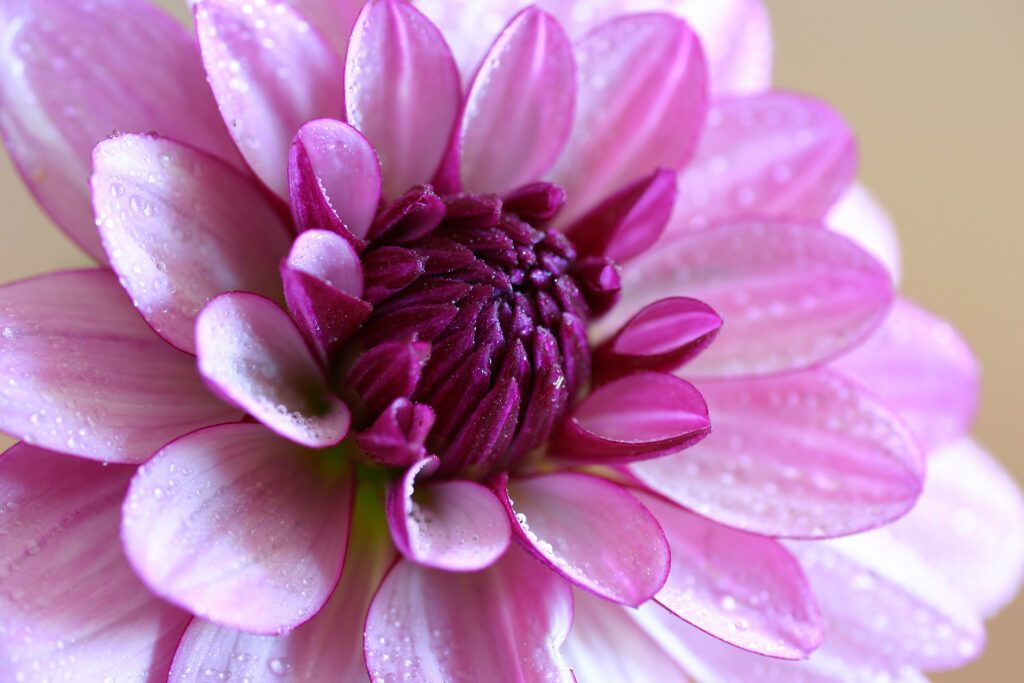
Types of Dahlias: A Colorful Spectrum
Dahlias come in an astonishing variety of shapes, sizes, and colors. With thousands of named varieties falling into 19 official categories, there’s a dahlia for every garden and preference. Let’s explore some of the most popular types:
Dinner-Plate Dahlias: The Show-Stoppers
Dinner-plate dahlias are the giants of the dahlia world, boasting enormous blooms that can reach up to 16 inches in diameter. These impressive flowers make a bold statement in the garden and are perfect for creating focal points or pairing with other large, late-blooming plants like sunflowers and amaranths.
Pompon Dahlias: Petite and Perfect
At the other end of the size spectrum, pompon dahlias charm with their small, perfectly round blooms. These compact flowers, typically 2 inches or less in diameter, are ideal for borders, container gardens, or as delightful additions to bouquets.
Cactus Dahlias: Spiky and Spectacular
Cactus dahlias are characterized by their spiky, quill-like petals that give the flowers a distinctive, star-like appearance. These eye-catching blooms come in various sizes and colors, adding texture and interest to garden beds and floral arrangements.
Ball Dahlias: Round and Regal
Ball dahlias are known for their perfectly rounded, symmetrical blooms. These flowers resemble pompons but are generally larger, with tightly packed petals forming a globe-like shape. Ball dahlias are excellent for both garden displays and floral arrangements due to their uniform form and long-lasting beauty.
Collarette Dahlias: Unique and Cheerful
Collarette dahlias offer a unique look with their single outer ring of flat petals and a contrasting inner “collar” of shorter petals surrounding the central disc. This interesting structure adds variety and charm to garden beds and bouquets, making collarette dahlias a favorite for gardeners seeking something different.
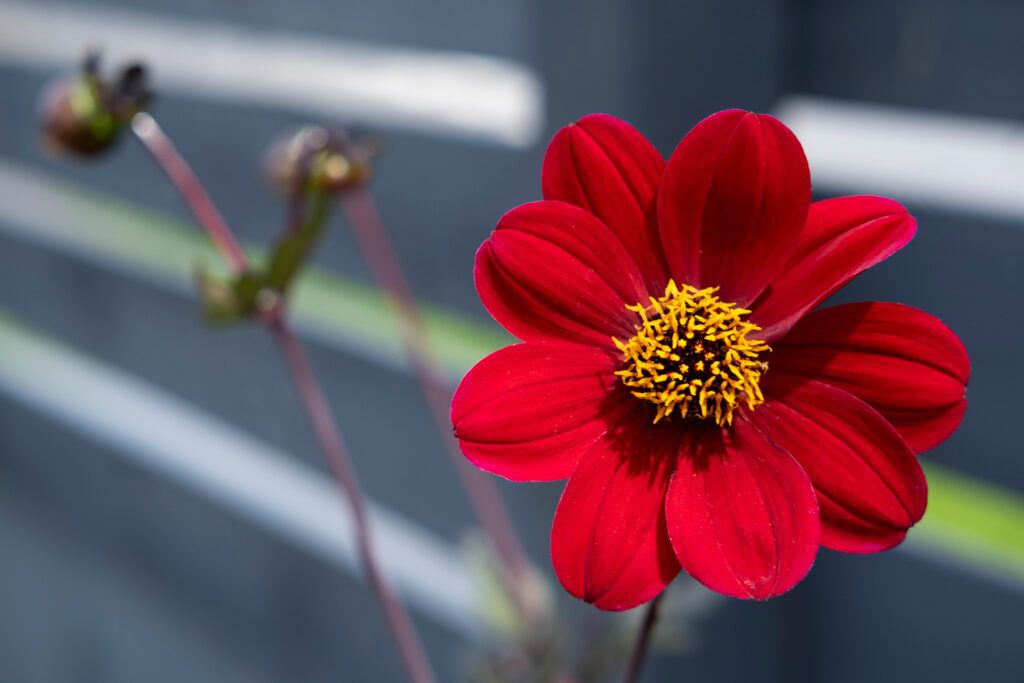
Growing Tips for Thriving Dahlias
Growing dahlias can be a rewarding experience for gardeners of all skill levels. By following a few key guidelines, you can achieve a spectacular late-summer display:
Soil Preparation and Planting Techniques
Dahlias thrive in rich, well-drained soil and require plenty of sunlight. Prepare your planting area by incorporating organic matter and checking for good drainage. Plant dahlia tubers in late spring, after the soil has warmed and the risk of frost has passed. Space them according to their mature size, typically 1 to 3 feet apart. Adding compost or well-rotted manure at planting time can provide the nutrients necessary for vigorous growth.
Watering and Fertilizing Strategies
Once dahlias have leafed out, regular watering supports healthy growth and abundant blooms. Apply a low-nitrogen fertilizer monthly, starting shortly after planting and ending with a final feeding in mid-August. This feeding schedule promotes strong growth and prolific flowering. Be cautious to avoid overwatering, as this can lead to tuber rot. A good rule of thumb is to water deeply once or twice a week, allowing the soil to dry out slightly between waterings.
Staking and Support Methods
Taller dahlia varieties, those exceeding 3 feet in height, require staking to prevent wind damage and keep the heavy blooms upright. Install stakes at planting time to avoid disturbing the roots later. As the plants grow, gently tie them to the supports using soft plant ties or twine. This support system helps the plants stay upright, and the blooms remain showcased at their best.
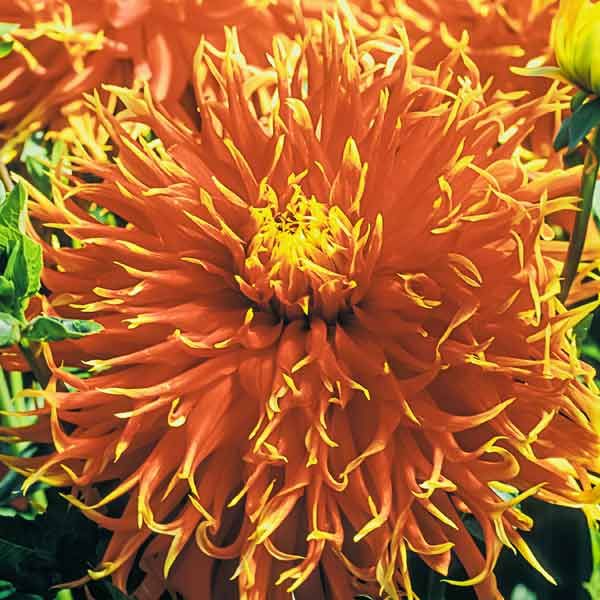
Incorporating Dahlias in Garden Design
Dahlias are versatile plants that can add to various garden styles. Their wide range of colors and forms allows for creative combinations and stunning displays.
Companion Planting with Dahlias
Dahlias pair beautifully with other late-summer and fall-blooming perennials. Plant them alongside coneflowers, sedums, and ornamental grasses for a harmonious late-season display. In edible gardens, dahlias not only add beauty but also attract pollinators, benefiting nearby crops. The structural diversity of these companion plants can also provide natural support and reduce the need for additional staking.
Creating Stunning Dahlia Displays
For maximum impact, group dahlias of complementary colors or contrasting forms. Flower farmer Diane Szukovathy advises, “In a border, it’s best to sprinkle dahlias here and there, rather than planting them in patches. ” This approach creates a more natural, integrated look while accounting for the bare spots left when dahlias die back in their off-season. Arranging dahlias among other perennials and annuals helps maintain visual interest in the garden year-round.
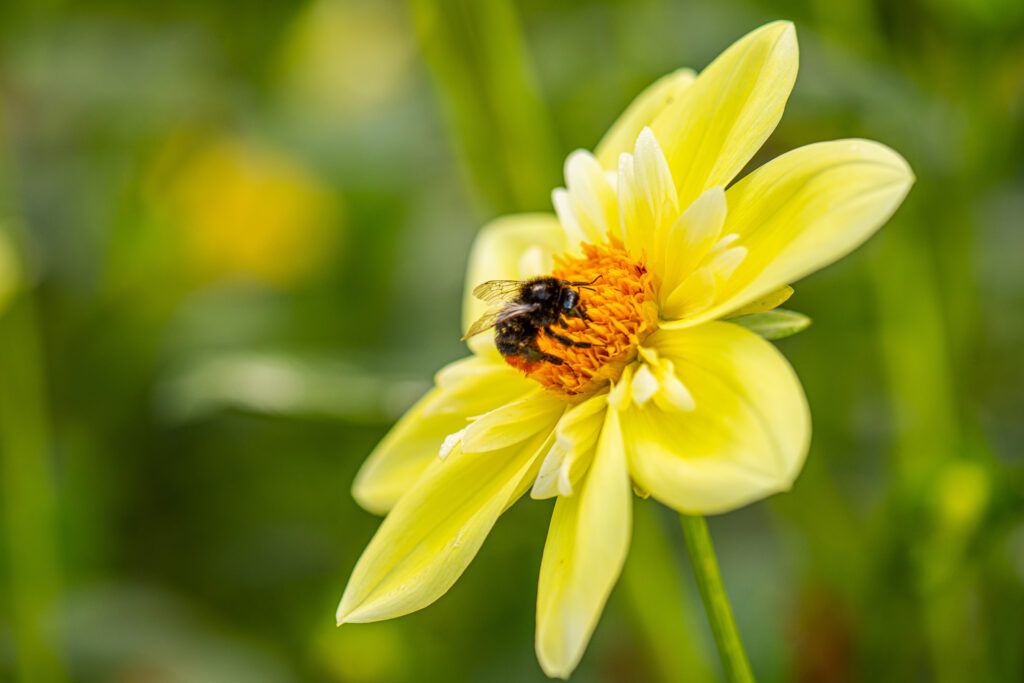
Dahlia Care Throughout the Seasons
Proper care throughout the growing season leads to healthy plants and abundant blooms.
Spring: Starting Your Dahlia Journey
In spring, prepare your garden beds and plant dahlia tubers once the soil has warmed. For an early start, pot up tubers indoors 4 to 6 weeks before the last expected frost. Remember not to water until leafy shoots emerge to prevent tuber rot. Once outdoor planting is safe, transplant the young dahlia plants to their permanent location, making sure they receive plenty of sunlight and good air circulation.
Summer: Nurturing and Encouraging Growth
As dahlias grow, they maintain consistent watering and fertilizing. Pinch off the first bud on the center shoot, just below the third set of leaves, to encourage bushier growth and more flowers. Hans Langeveld, co-owner of Longfield Gardens, explains, “This keeps the plant from putting all its energy toward producing just one flower. ” Regular mulching can also help retain soil moisture and keep roots cool during the hotter months.
Fall: Maximizing Late-Season Blooms
Deadheading prolongs the blooming period. Remove spent flowers regularly to encourage new bud formation. Dahlias will continue to bloom until the first hard frost, providing a spectacular show well into autumn. To extend the flowering season even further, cover the plants on cold nights or moving potted dahlias indoors temporarily.
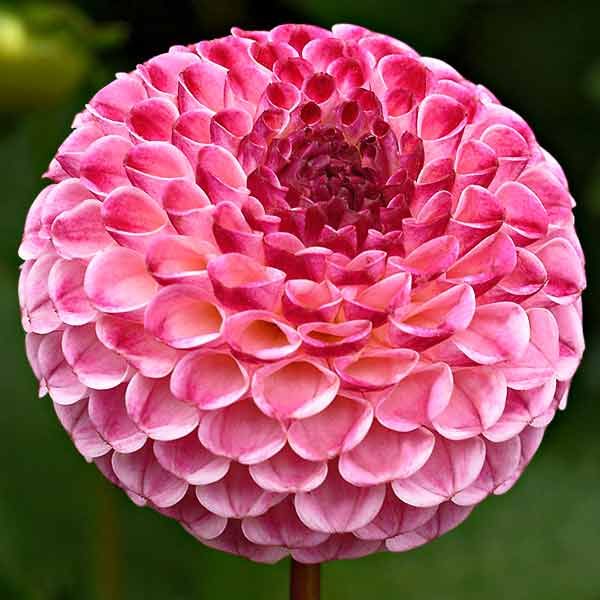
Overwintering Dahlias: Preserving Your Investment
In colder regions (Zones 2 to 8), dahlias need special care to survive winter.
Digging and Storing Tubers
After the first frost, cut back dahlia stalks and carefully dig up the tubers. Clean off excess soil and allow them to dry for 24 hours. Store the tubers in crates or boxes filled with slightly damp peat moss, sand, or wood shavings in a cool, dry place. Labeling the stored tubers with their variety and color can help you plan next year’s garden more efficiently.
Preparing for Next Year’s Planting
Check stored tubers monthly for signs of rot or shriveling. Adjust storage conditions as needed to maintain the right balance of moisture and temperature. Come spring, you’ll have healthy tubers ready for another season of beautiful blooms..

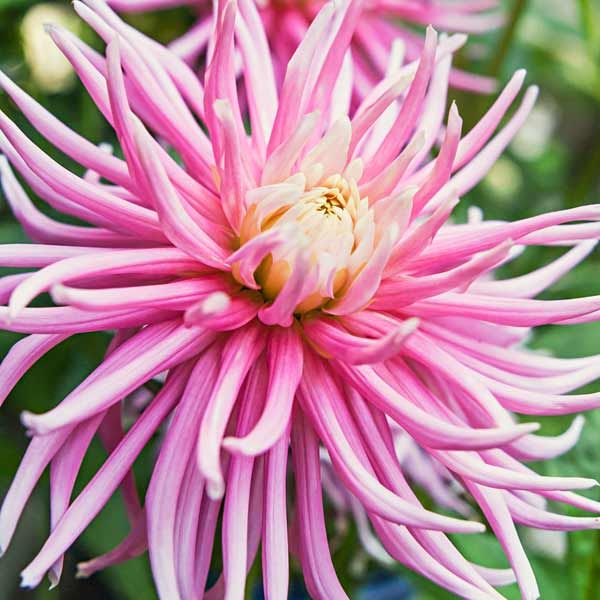
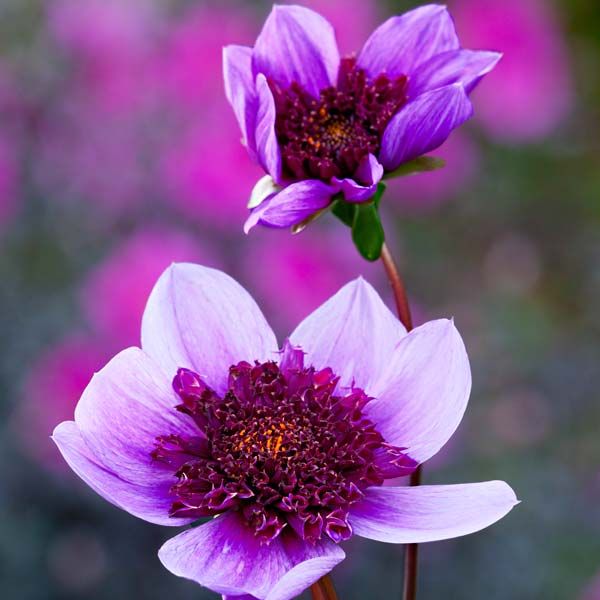
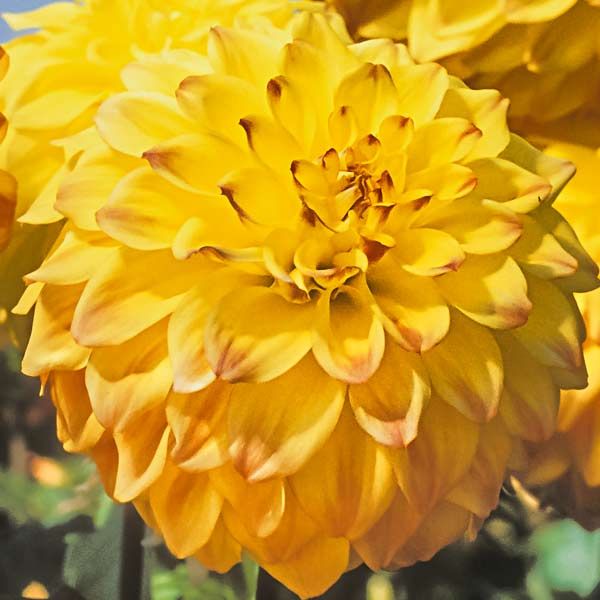
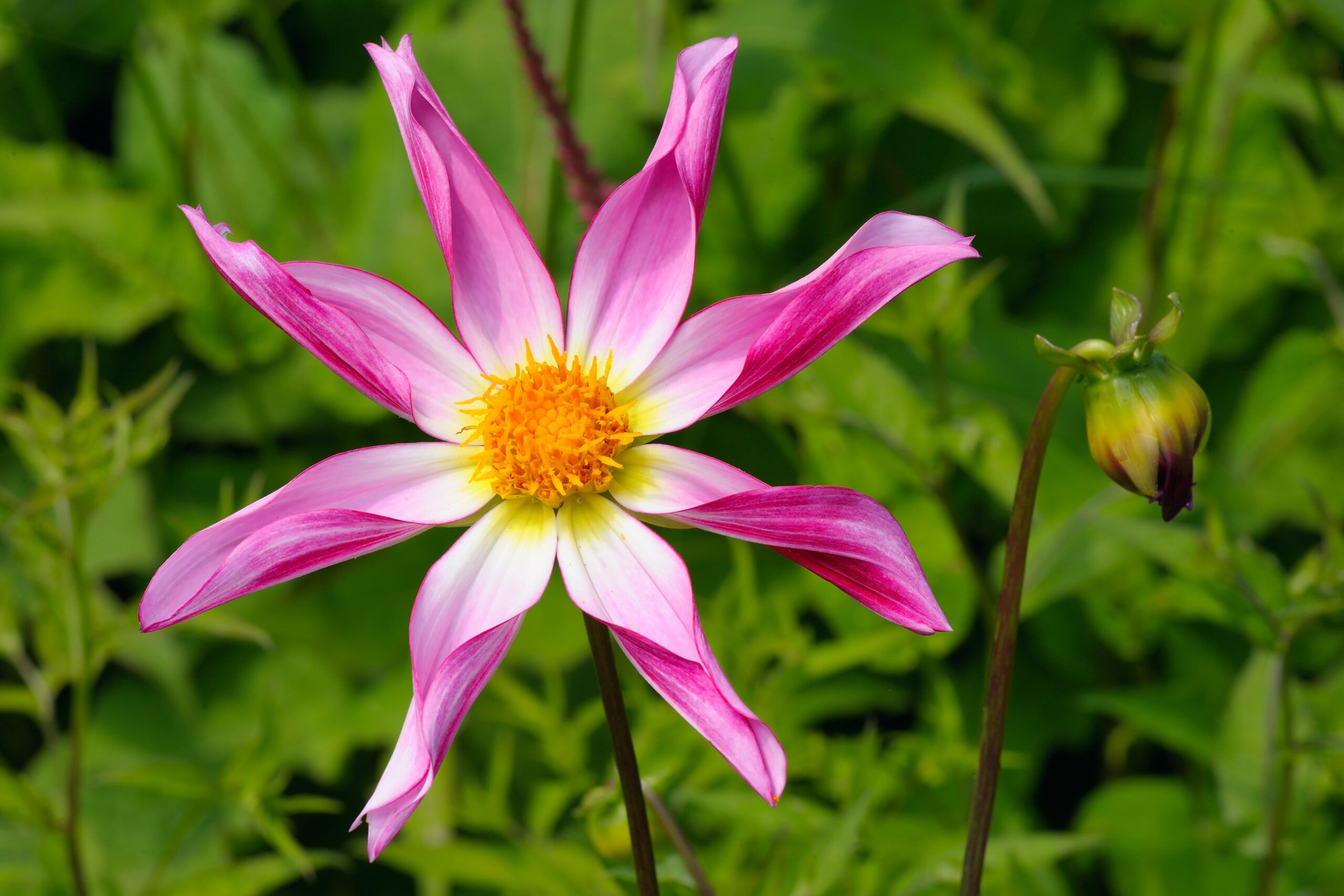

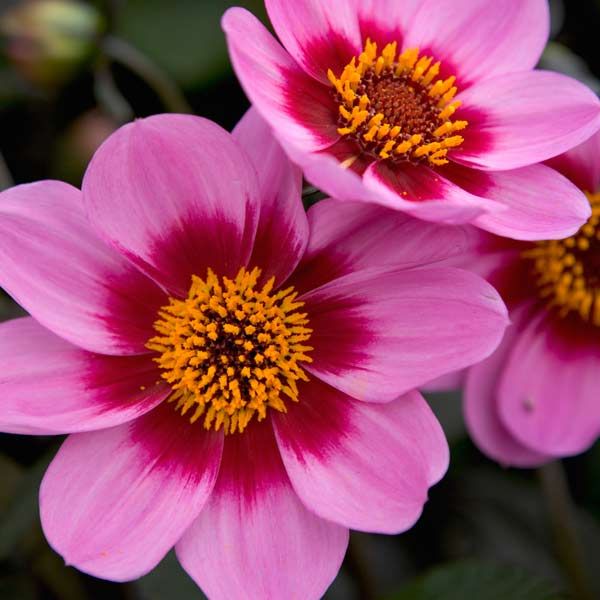
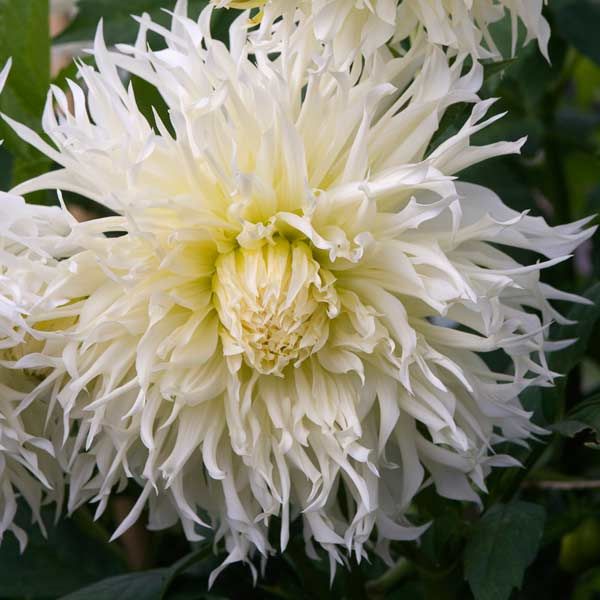
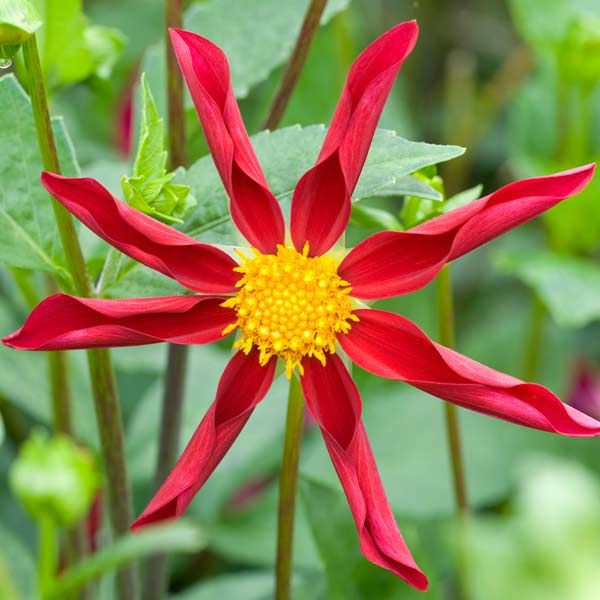
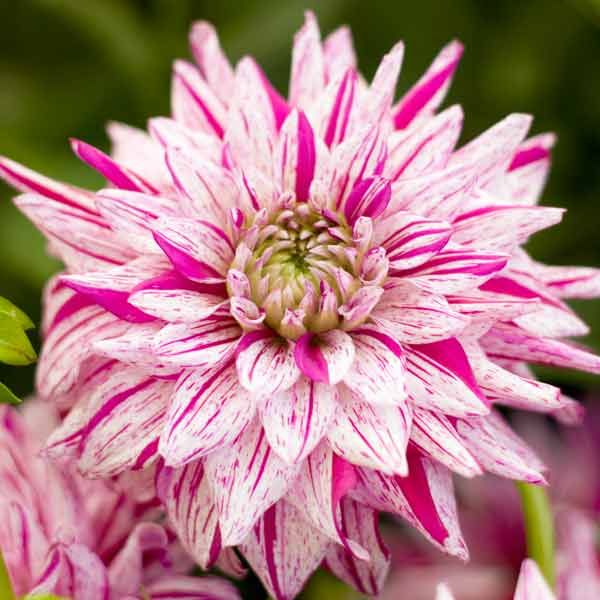
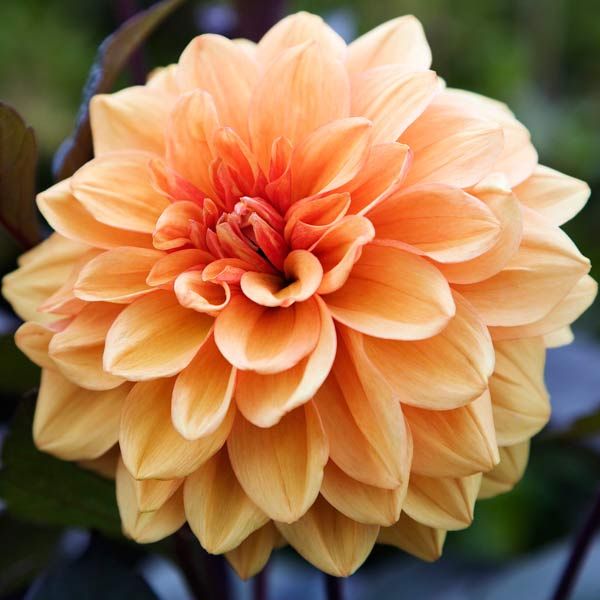











Common Dahlia Pests and Diseases
While dahlias are generally hardy, they can face some challenges.
Identifying Potential Problems
Watch for signs of pests like aphids, spider mites, and earwigs. Common diseases include powdery mildew and various fungal infections. Early detection is key to preventing widespread issues. Regularly inspecting your dahlias and maintaining good garden hygiene can mitigate many common problems before they become severe.
Natural and Chemical Solutions
Many dahlia problems can be addressed with organic methods, such as introducing beneficial insects or using neem oil. For severe infestations or diseases, targeted chemical treatments may be necessary. Always follow product instructions carefully, and think about the environmental impact when selecting pest control methods.

Dahlias as Cut Flowers: Extending the Beauty Indoors
Dahlias make excellent cut flowers, allowing you to enjoy their beauty indoors. Cut stems early in the morning when flowers are fully open. Remove lower leaves and place stems in warm water. With proper care, dahlia bouquets can last up to a week, bringing a touch of garden glory to your indoor spaces. Changing the water every couple of days and placing the flowers in a cool spot away from direct sunlight can extend their vase life.
